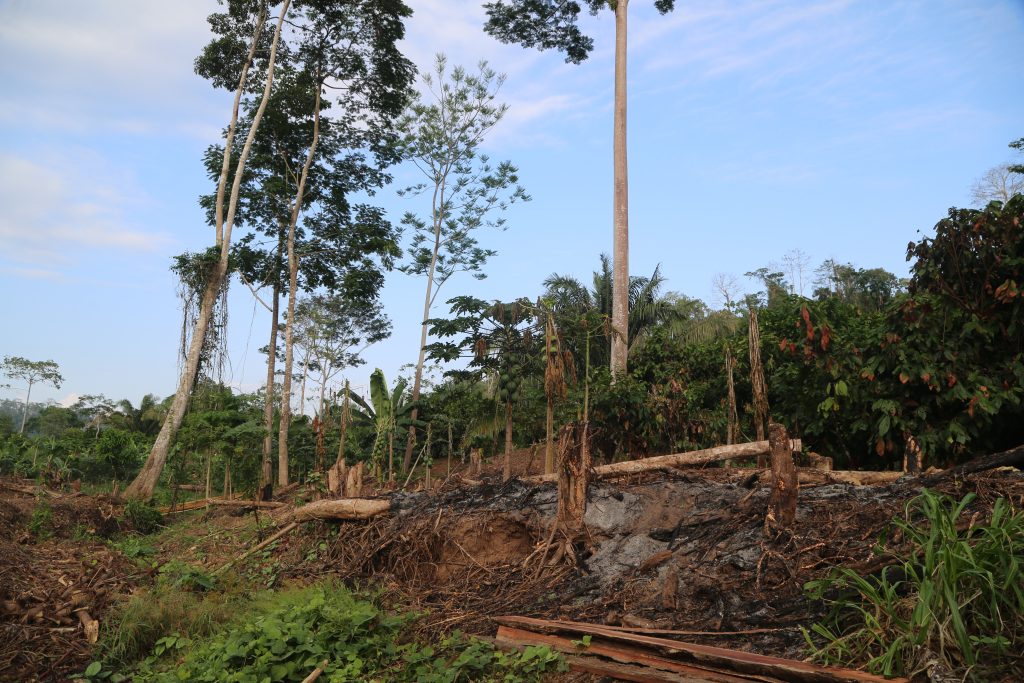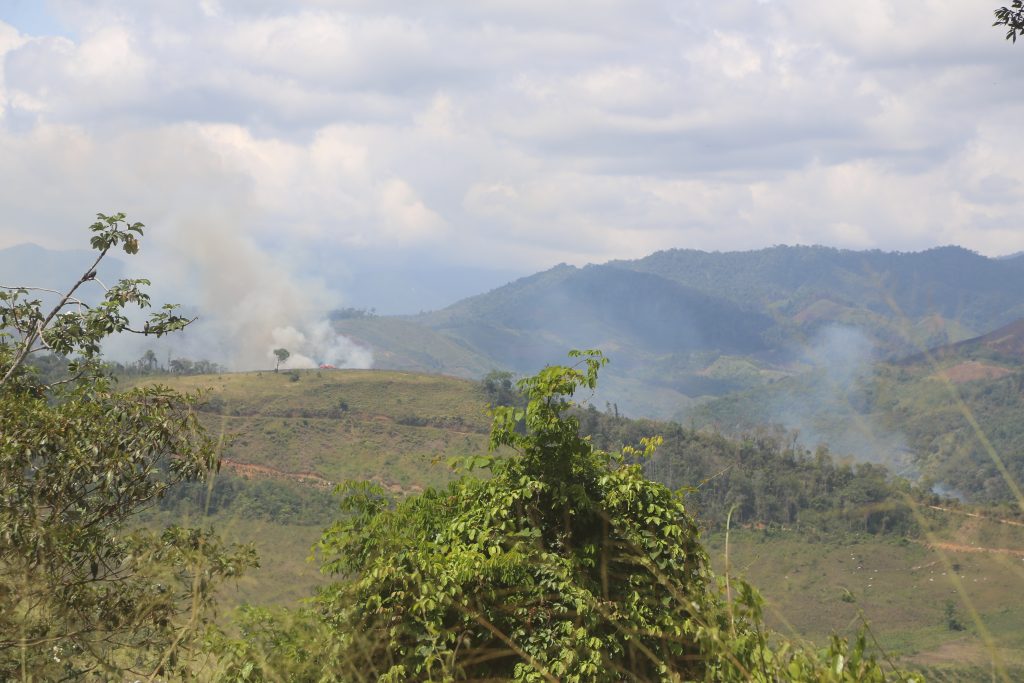The European Union is stepping up efforts to tackle global deforestation, and it is about to change how we source and trade commodities like cacao. A new law, known as the EU Deforestation Regulation (EUDR), will soon require companies to prove that certain goods entering the EU market are not linked to deforestation or forest degradation.
What Is the EUDR?
The EUDR, officially adopted in 2023, applies to a list of high-risk commodities. These include cacao, coffee, palm oil, soy, timber, cattle, and rubber, along with many products derived from them. Starting December 30, 2024, companies that want to place these goods on the EU market will need to demonstrate that they were not produced on land that was deforested or degraded after December 31, 2020.
To meet this requirement, importers must take several key steps:
- Collect precise geolocation data to identify where the product was grown
- Conduct a risk assessment to ensure the product complies with both environmental and legal standards
- Submit a due diligence statement before placing the product on the EU market
Smaller companies will have a slightly longer timeline and must comply by June 30, 2025. However, the standards apply equally to all companies, regardless of size or sourcing region. This includes those of us importing from Ecuador, Peru, and Bolivia, where smallholder farming is common and forest conservation is a growing concern.



Why It Matters
The stakes are high for the cacao industry. Europe is one of the largest markets for chocolate and cocoa-based products. Many producers in Latin America depend on European trade, and compliance with this new law will be essential for continued access.
Importantly, the regulation does not distinguish between legal and illegal deforestation. If forest land was cleared after the cut-off date, even with local permits, it will not meet the EU’s standards.
This means companies must have full visibility into where and how their cacao is produced. That level of traceability has not always been a standard in the past, but it is quickly becoming one.
How We Are Preparing
While the regulation brings new challenges, our company has already laid much of the groundwork. Many of the practices the EUDR requires, such as traceability back to the farm level and strong environmental safeguards, are already part of how we operate.
Over the past year, we have started gathering geolocation data from our partner cooperatives in Ecuador, Peru, and Bolivia. We are working with them to map cacao plots and ensure we can document where every shipment comes from. At the same time, we are improving our systems for tracking compliance documents and conducting risk assessments for each shipment.
This work is not happening in isolation. It involves close cooperation with our suppliers. Many of them already hold certifications such as Fair Trade, Organic, Rainforest Alliance, and others. However, certification alone is not enough to meet the full requirements of the EUDR. We are focused on bridging those gaps together.
What Comes Next
The new law requires more data, stronger collaboration, and ongoing support, especially for small-scale farmers. At the same time, it offers a real chance to build a more responsible and resilient supply chain.
For our customers, this means continued access to the same high-quality cacao you expect, now with added assurance that it meets the EU’s environmental criteria. We are committed to maintaining reliable supply and supporting our producers through this transition.
There is still work ahead, but we are prepared and moving forward with confidence.